Pros: Standard all-wheel drive; above-average ground clearance; useful roof rails; simple controls; great visibility
Cons: Plain interior; disconnected driving experience; helicopter parent safety tech; garish front styling
The three-row crossover SUV segment has seen a recent influx of style and near-luxury accommodations that has left the 2024 Subaru Ascent looking like a rugged, no-nonsense hiking boot amidst an aisle of colorful, fashionable trail running shoes. Oh sure, Subaru tried to spruce up the Ascent last year with a new front end, but the garish new grille just made it ugly instead of forgettable. Meanwhile, the interior saw a worthwhile tech update, but remains pretty plain inside when compared to a Kia Telluride, Hyundai Palisade, Honda Pilot … well, almost everything else.
Like a rugged, no-nonsense hiking boot, though, the Ascent offers abundant practicality, versatility and value. It squeezes a ton of interior space out of a smaller-than-average exterior footprint, it gets good fuel economy, and its turbocharged engine makes it a good choice for those at higher elevations. It also has more ground clearance than average, standard all-wheel-drive and adventure-friendly features like standard raised roof rails. All of the above are typical for Subaru, which really speaks to who the Ascent is for: Subaru loyalists who have outgrown their Foresters or Outbacks. The Ascent even drives like a big Outback, which isn’t always a good thing, but at least it’ll be familiar. At the same time, even if we’d sooner recommend a competitor to non-Subaru loyalists, there’s no reason they couldn’t become just as enamored with those same Subaru traits, especially if you have a knack for taking outdoorsy adventures.
Interior & Technology | Passenger & Cargo Space | Performance & Fuel Economy
What it's like to drive | Pricing & Trim Levels | Crash Ratings & Safety Features
What's new for 2024?
After significant updates last year, the Ascent is unchanged for 2024.
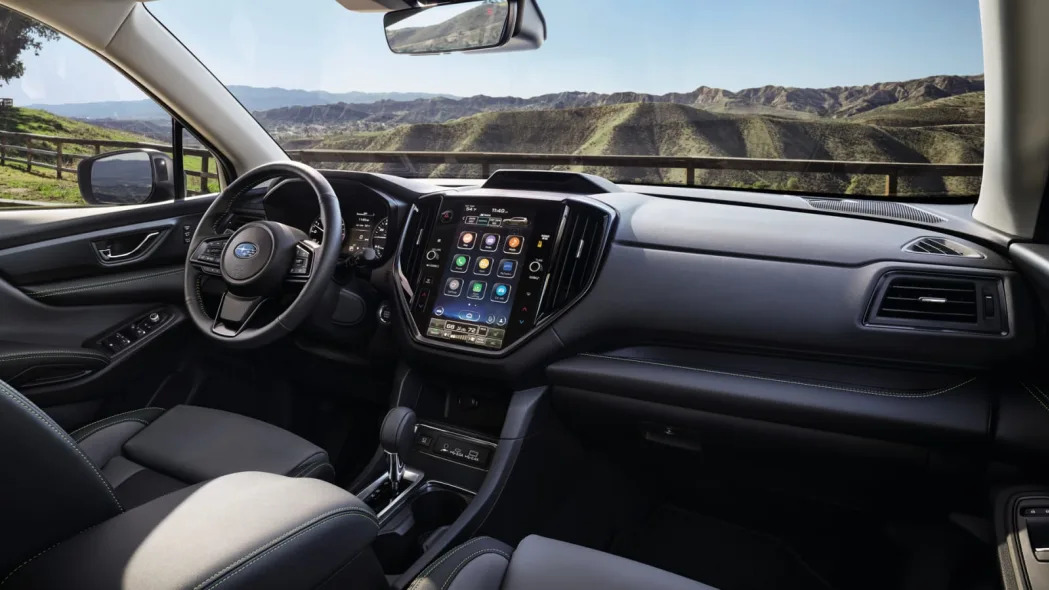
What are the Ascent interior and in-car technology like?
From the driver's seat, the Ascent's packaging displays Subaru's pragmatic philosophy to car design. All the gauges are easy to see and read at a glance, knobs and buttons are easy to locate — both those of the software-based touchscreen infotainment system and the physical ones on the steering wheel and center stack. There aren't as many clever cubbies as in a Hyundai Palisade or Honda Pilot, but there are a grand total of 19 cupholders spread throughout the cabin. Anticipate frequent bathrooms stops.
In terms of design, we can’t say the interior is that attractive, especially when compared to the Palisade, Pilot, Telluride, Highlander, Pathfinder … So yeah, almost everything. The jumbo portrait-style tech interface added last hardly improves things, but at least it’s all in keeping with Subaru’s no-nonsense vibe. Even that touchscreen’s graphics are on the sensible side, with big, easily identified and pressed virtual buttons. It’s not fancy, but it works well – which could probably be an unofficial Subaru slogan. Materials quality is agreeably average, and although it doesn’t quite achieve the premium vibe of all those rivals, the pops of color and dash-covering pleather are appreciated touches.
All of that said, should you be ascending to the Ascent from something else in the Subaru lineup, you’re going to feel absolutely at home. This is especially true now that the Ascent shares the Outback’s tech interface – there’s no chance you’ll feel shortchanged by Subaru’s biggest and priciest model not having access to the latest-and-greatest features.
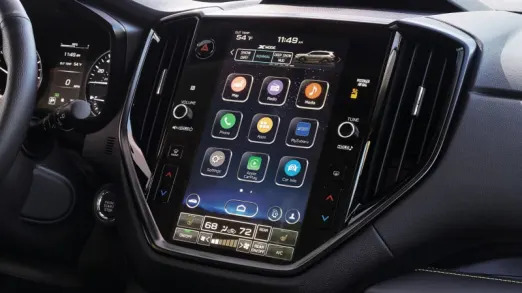
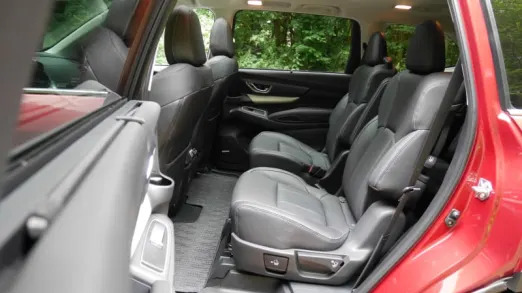
How big is the Ascent?
For those already in the Subaru family, the Ascent represents a clear step up from the brand's other crossovers. It is 5.5 inches longer than an Outback, 3 inches wider and 5.2 inches taller. It's a whopping 14.7 inches longer than a Forester, 4.5 inches narrower and 3.5 inches shorter in height. It also has an extra row of seats. Compared to other three-row crossovers, however, its dimensions are average apart from being taller than most. This is partly because of its class-leading 8.7 inches of ground clearance, but also just because of its tall, boxy greenhouse.
A 6-foot passenger will have plenty of room in the second row, which is adjustable for legroom and seatback angle. On upper trim levels, buyers can choose between a pair of captain's chairs or a three-passenger bench. We've found that they're basically equal in terms of comfort. Third-row passengers are treated better in the Ascent than in several competitors (Toyota Highlander, Mazda CX-90 and Ford Explorer in particular), but is ultimately average. That means if the middle-seat occupants are willing to slide their seats forward a bit, there's adequate legroom for a 6-footer in the way back to sit comfortably for a fair bit of time. For kids, this means even more comfort and space.
As for cargo space, the Ascent has 17.6 cubic-feet behind the raised third-row, which is technically on the low end for the segment, but an ample underfloor storage area frees up a considerable amount of space. We managed to fit four medium-sized suitcases back there, which makes it mid-pack – the Kia Telluride, Honda Pilot, Volkswagen Atlas and, to a lesser extent, Hyundai Palisade are better. Max cargo volume is among the class leaders at 86.5 cubic feet, which is almost certainly the result of being quite boxy – always a good thing when it comes to cargo. For anything that doesn't fit inside, the Ascent has big, extra-functional roof rails for whatever racks, carriers and other accessories you might have. And believe us, Subaru owners tend to have them.


What are the Ascent fuel economy and performance specs?
The Ascent’s sole powertrain offering is a 2.4-liter turbocharged four-cylinder engine, arranged in Subaru’s signature boxer (horizontally opposed rather than a V or inline) configuration. Power is sent to all four wheels via a continuously variable transmission (CVT). Producing 260 horsepower and 277 pound-feet of torque, we've found this engine can feel just as quick in relaxed around-town driving as its competitors, but know that their greater outputs do result in quicker 0-60-mph times and more robust acceleration when fully loaded.
That said, owners living at higher elevations (as many Subaru owners do) will appreciate the lasting power from the turbocharger, which keeps the Ascent from feeling breathless at heights where naturally aspirated engines start to lose power. In other words, four cylinders are not necessarily lesser than six, and it even manages the same 5,000-pound towing capacity of most rivals.
Fuel economy is 20 mpg city, 26 mpg highway and 22 mpg combined for the lower trim levels, with the Limited, Touring and Onyx returning 19/25/21.
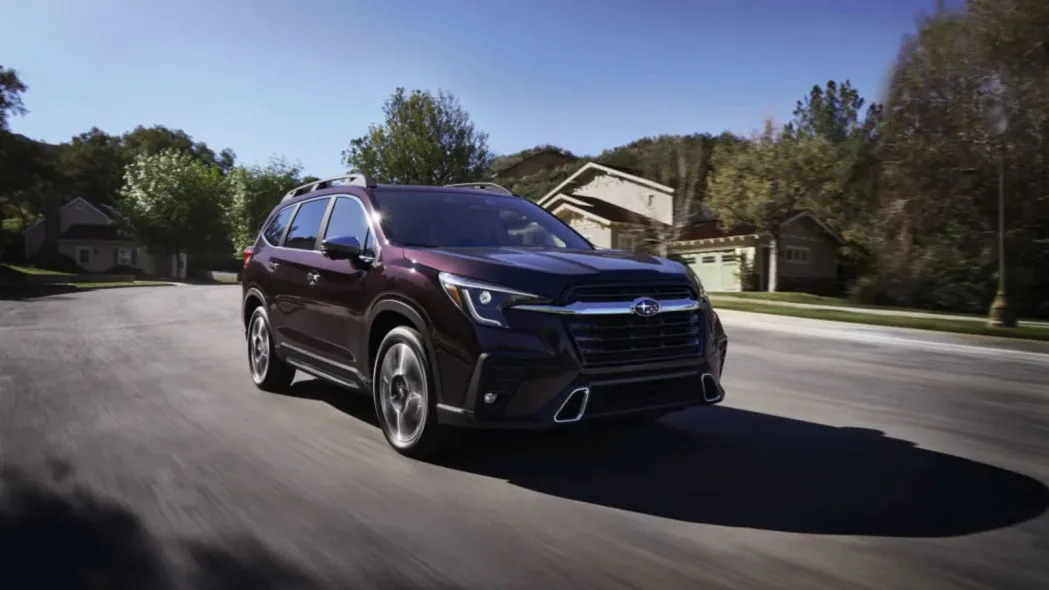
What's the Ascent like to drive?
The buyers of three-row crossovers are less likely to prioritize driving dynamics, but if you should, the Ascent will probably end up toward the bottom of your list. The steering is light and makes for easy parking, but there’s too much play on-center on the highway and in general doesn’t make you feel connected to what the wheels are doing. The suspension is soft to ensure a comfortable ride over harsh pavement, and although surefooted and secure, those used to a responsive-handling car will be underwhelmed. Those used to a Subaru Outback, however, will feel right at home.
There are no sport modes to fiddle with in the Ascent, just a standard baseline setting, but the single setup feels well thought out and sorted. There's plenty of punch from Subie's turbo-four. There were a few times we caught the engine flat-footed on our drive and had to wait a second for the turbo to spin up, but we ended our drive thinking its output is sufficient. Plus, as it’s turbocharged, its immediate, low-end torque and elevation-friendly characteristics can make it better suited to many buyers. To that point, we were able to tow an Airstream trailer just shy of the Ascent's maximum of 5,000 pounds, and we found that it had no problem getting the load up to speed and back down again. The CVT mimics the feel of a traditional automatic transmission, for the most part. It works well, and doesn't get in the way of a good driving experience.
What other Subaru Ascent reviews can I read?
Subaru Ascent Luggage Test
See how much real-world stuff you can fit behind the raised third-row seat.
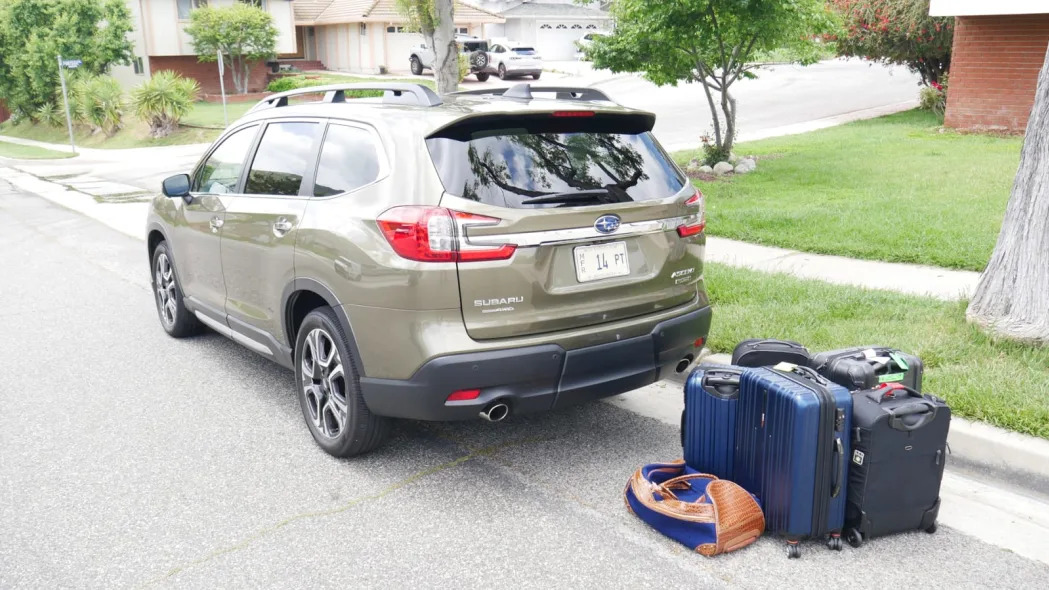
What is the 2024 Ascent price?
Pricing for the Indiana-built Ascent starts at $35,490, including the $1,295 destination charge. You can find pricing for the subsequent trim levels below, including the differences between eight- and seven-passenger seatings. The seven-passenger models have second-row captain’s chairs.
Base (8-Passenger): $35,490
Premium (8-passenger): $38,090
Premium (7-passenger): $39,550
Onyx Edition (7-passenger only): $42,890
Limited (8-passenger): $43,190
Limited (7-passenger): $43,190
Onyx Edition Limited (7-passenger only): $47,890
Touring (7-passenger only): $49,790
We would start our Ascent shopping with the Premium trim because of several key upgrades: blind-spot warning, rear privacy glass, an eight-way power driver seat, a leather-wrapped steering wheel, rear climate controls, the 8-inch touchscreen, in-car Wi-Fi and an All-Weather package that adds heated mirrors, heated seats and a windshield wiper de-icer. There are also a number of worthwhile options available on the Premium you can't add to the base model and that are included on the upper trim levels. Basically, this is your best bet if you want to build an Ascent with the functional equipment you want without the fancier stuff of the Limited and Touring. The Onyx Edition stands out with its exclusive black-finish wheels and exterior details (below right), glass roof and water-repellant gray interior upholstery with lime green stitching. It also includes the X-Mode off-road drive modes found in the two upper trims.
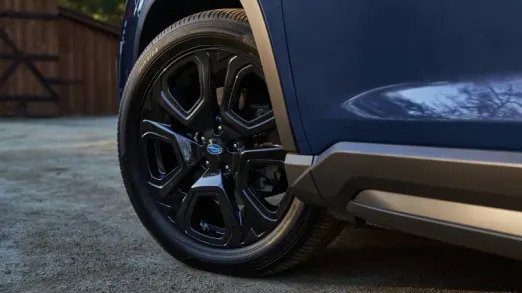
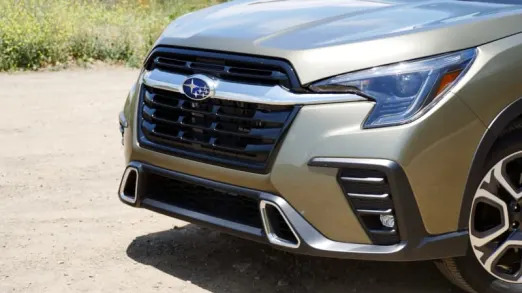
What are the Ascent safety ratings and driver assistance features?
Every Ascent includes Subaru’s EyeSight suite of driver assistance tech. This includes forward collision warning, automatic emergency braking, lane-departure warning and lane-keeping assist, along with an adaptive cruise control system that can keep you in the center of your lane in addition to maintaining speed and distance to cars ahead. All but the base trim all include blind-spot and rear cross-traffic warning and automatic emergency steering. Reverse automatic braking and a driver inattention warning system is included on the Limited and Touring.
Subaru upgraded this sweet last year with new sensors and software, resulting in improved pedestrian and cyclist detection, along with smoother operation. While better than before, they remain the helicopter parent of driver assistance systems, frequently beeping and flashing in instances that don't necessarily warrant it. Rival systems are less intrusive.
The Ascent received five out of five stars from the NHTSA for frontal, side and overall crash protection. The Insurance Institute for Highway Safety named it a Top Safety Pick+ for its best-possible performance in every single category. That’s a rare feat.
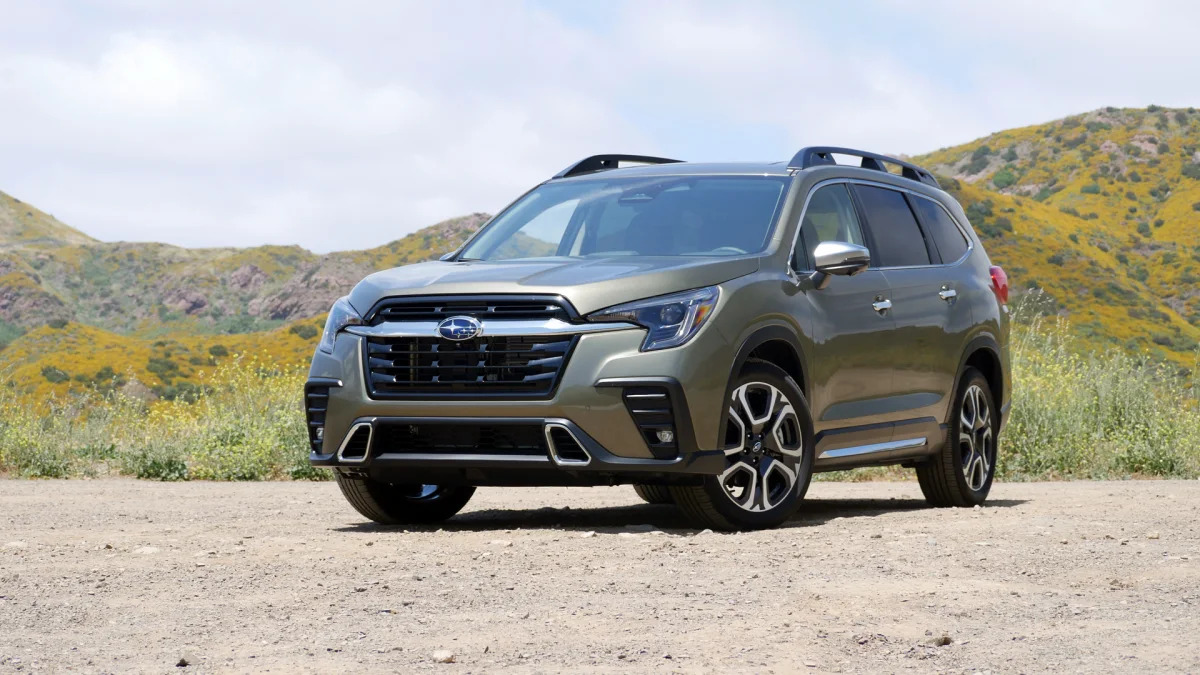










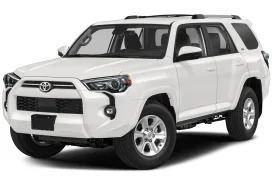

Sign in to post
Please sign in to leave a comment.
Continue